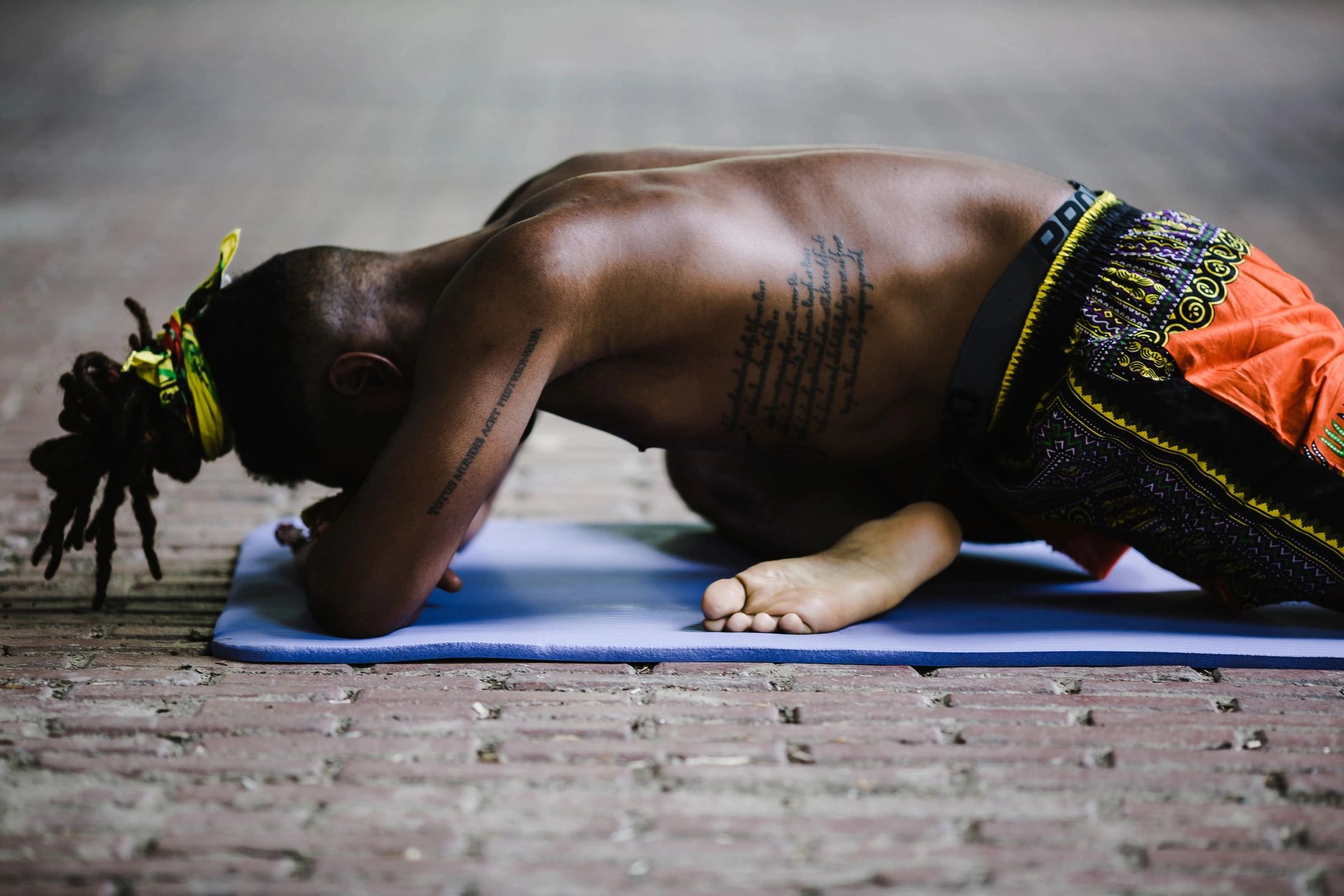
In the quest for optimal physical performance and injury prevention, athletes and individuals in Hollywood, FL, are constantly seeking innovative approaches to enhance their training routines. One such methodology that has gained significant attention in recent years is Dynamic Neuromuscular Stabilization (DNS). Developed by the Prague School of Rehabilitation and Manual Medicine, DNS offers a unique perspective on movement patterns and their impact on overall function. In this article, we will explore the benefits of DNS and how it can help unleash your body’s potential in Hollywood, FL.
- Enhances Core Stability and Postural Control:
DNS places a strong emphasis on core stability and postural control, considering them as the foundation for efficient movement. By integrating the deep stabilizing muscles, such as the diaphragm and pelvic floor, DNS helps activate the core and improves its ability to maintain stability throughout various dynamic movements. This enhanced core stability not only increases performance in sports and physical activities but also reduces the risk of injuries in Hollywood, FL.
- Optimizes Movement Patterns:
DNS focuses on optimizing fundamental movement patterns, also known as developmental kinesiology patterns. These patterns are innate to human development, starting from infancy, and form the basis for more complex movements later in life. By retraining these patterns, DNS helps restore and optimize movement efficiency, allowing individuals in Hollywood, FL, to move with greater ease, coordination, and precision.
- Improves Joint Stability and Mobility:
Through DNS exercises and techniques, joint stability and mobility can be significantly improved in Hollywood, FL. DNS targets the deep stabilizing muscles around the joints, facilitating optimal alignment and reducing excessive stress on the joints during movement. This enhanced joint stability not only enhances athletic performance but also aids in injury prevention by reducing the risk of sprains, strains, and other musculoskeletal issues in the Hollywood, FL, area.
- Facilitates Rehabilitation and Recovery:
DNS is widely used in rehabilitation settings to promote efficient recovery from injuries. By restoring the body’s innate movement patterns, DNS helps re-establish the coordination between muscles, joints, and the nervous system. This approach facilitates more effective rehabilitation, enabling individuals in Hollywood, FL, to regain their function, strength, and mobility faster following an injury.
- Enhances Performance in Athletics and Daily Life:
The principles and techniques of DNS can greatly benefit athletes in Hollywood, FL, of all levels. By optimizing movement patterns, improving stability, and enhancing coordination, DNS can unlock untapped potential and propel athletic performance to new heights. Moreover, the benefits of DNS extend beyond the sports arena. Improved movement efficiency and postural control can positively impact everyday activities, such as lifting objects, sitting, standing, and walking, leading to a higher quality of life for individuals in Hollywood, FL.
Dynamic Neuromuscular Stabilization offers a holistic approach to movement and performance enhancement in Hollywood, FL. By emphasizing core stability, optimizing movement patterns, improving joint stability and mobility, and facilitating rehabilitation and recovery, DNS provides a comprehensive framework for unlocking your body’s potential. Whether you are an athlete seeking a competitive edge or an individual looking to move better and reduce the risk of injuries in Hollywood, FL, DNS can be a valuable addition to your training regimen. Embrace the power of DNS and unleash your body’s innate capabilities in Hollywood, FL.
Call Us
schedule appointment nowschedule appointment now

